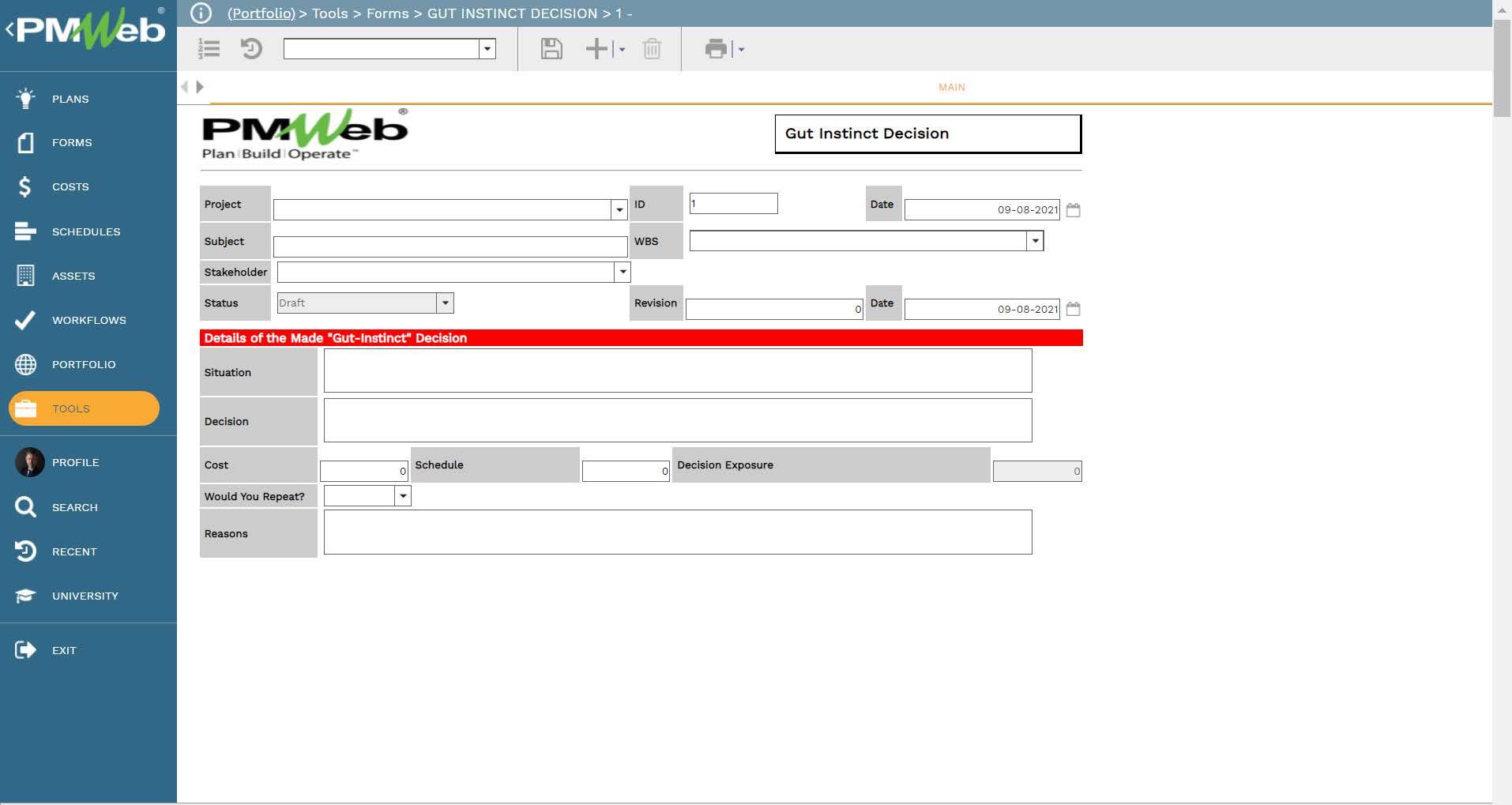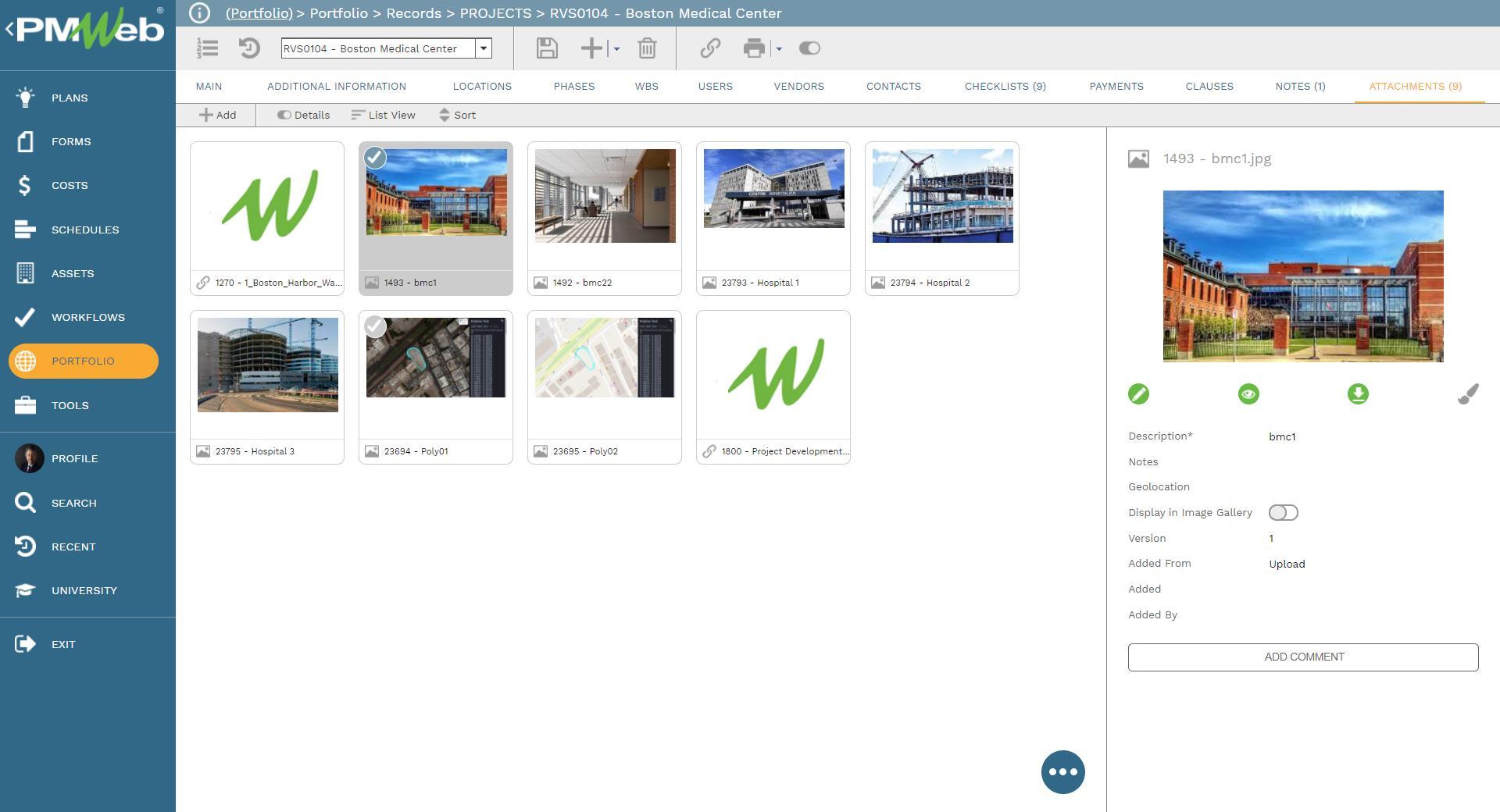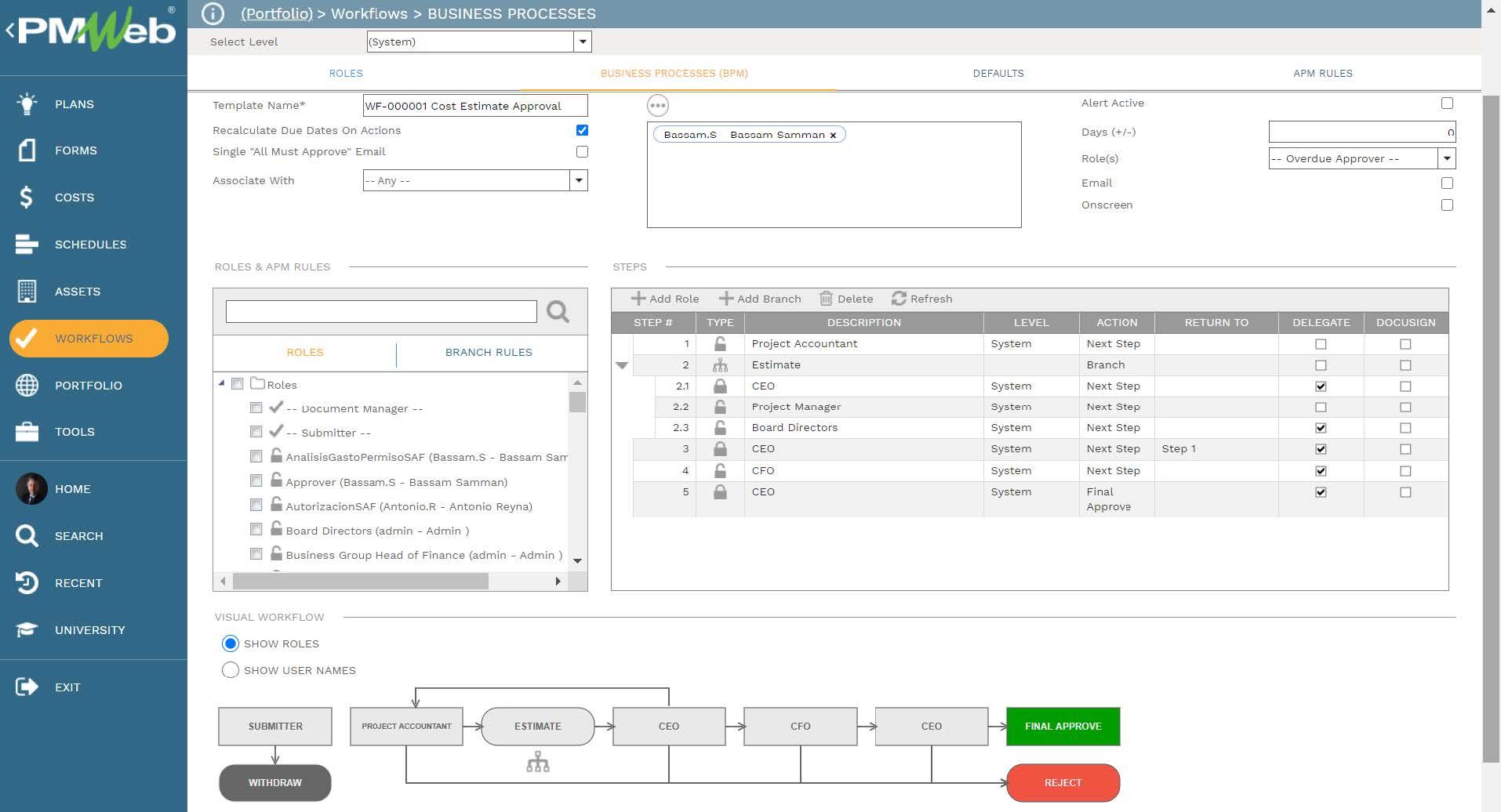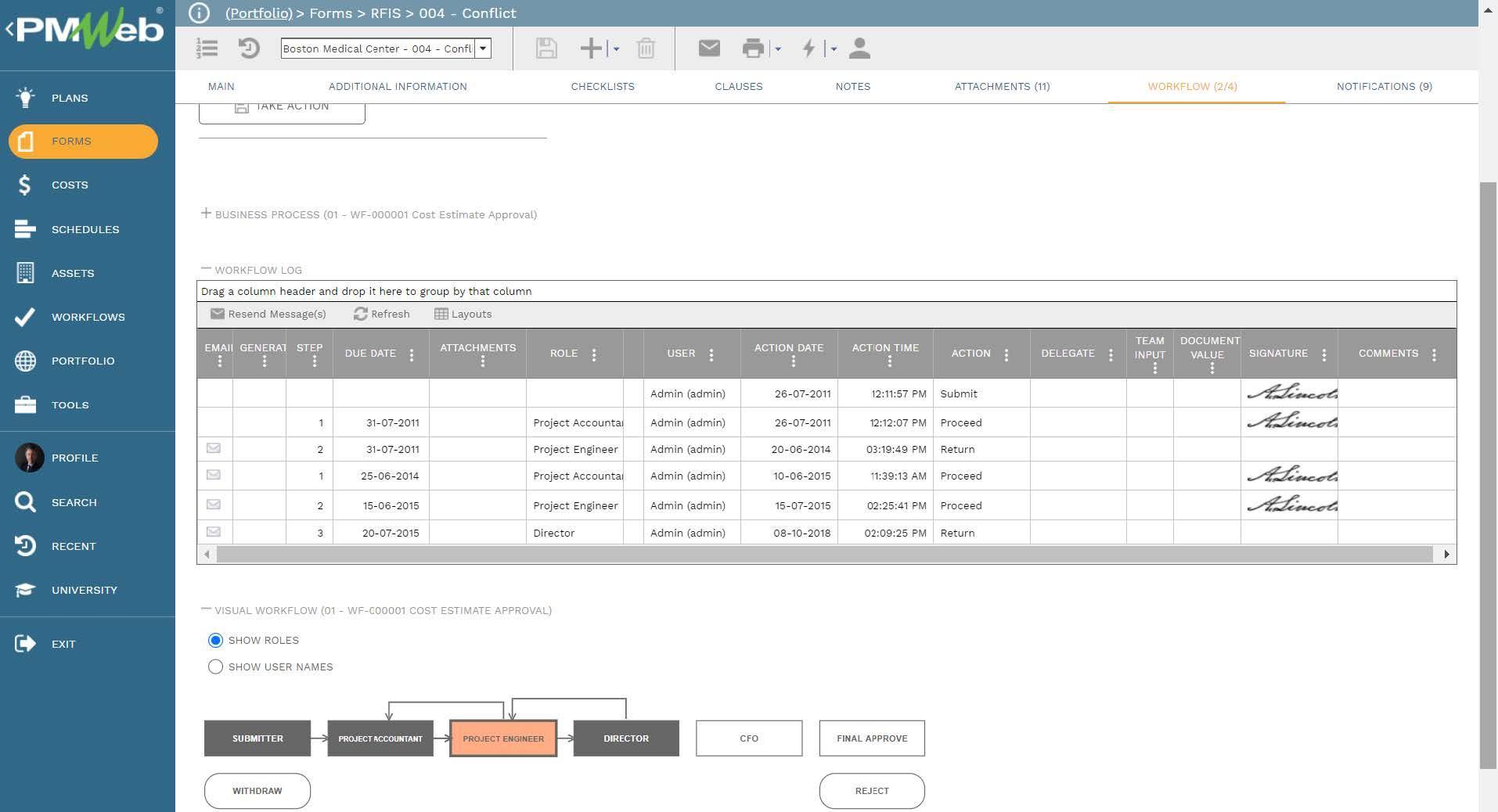Gut instinct is an instinctive feeling, as opposed to an opinion or idea based on facts. Gut instinct is also known as a hunch or sixth sense which is each project stakeholder’s primal wisdom. Humans in general have a strong addiction to their own capabilities, developed over their many years of experience in doing right and wrong decisions. Nevertheless, for stakeholders who can have access to real-time, trustworthy, quality data, this data can either reinforce their gut instinct decisions or cause them to revisit it. Data should not be limited to the data captured and extracted from the tens of thousands of records and documents that get exchanged on each capital construction project that an entity could have. Captured data should also be extended to capture the details of all “Gut Instinct” decisions made by all stakeholders across the complete portfolio of projects that the entity has. Documenting those “Gut Instinct” decisions not only is critical for enforcing governance, but they provide a great wealth of information that improves the knowledge of stakeholders to provide them with the insight to do more informed, confident, better, and faster “Gut Instinct” decisions.

A Project Management Information System (PMIS) like PMWeb enables entities to manage tens of thousands of records and documents generated from more than one hundred business processes that are usually needed to successfully manage the delivery of capital construction projects. In addition, PMWeb can be used to create a template to record the details of all taken “Gut Instinct” decisions on each managed project by each stakeholder. PMWeb custom form builder will be used to create a template that captures the situation that led to the “Gut Instinct” decision and the taken decision. Using “Speech-to-Text” technology available today on most mobile devices, those stakeholders can complete those fields by simply talking to the device for which it will transform into the text to complete those fields.
To improve the useability of the data captured in the “Gut Instinct” decisions template, those decisions need to be classified with the Work Breakdown Structure (WBS) for the scope of work impacted by the decision. The form will also include an assessment of the cost implications and schedule implications that the decision would have on a scale of five where a score of “1” stands for very low and a score of “5” is very high. Those two values will the basis to calculate the field for “Decision Exposure” which will vary from “1” very low exposure to “25” very high exposure.The template will also include a field to identify if the stakeholder was faced with the same situations, would the stakeholder take this same decision again as is, with some changes, or never take this decision again. An explanation of the selected action will also be needed to provide insight into why the stakeholder believes so. Other data fields can also be added to better classify those decisions as eventually they will be used to enrich the machine learning platform when implemented.

For each “Gut Instinct” decision, there could be the requirement to attach supporting documents that were relevant to the taken decision. Those documents could include pictures, videos, documents among many others. The attachment tab for the “Gut Instinct” decision will be used to attach all those supportive documents. It is also highly recommended to add comments to each attached document to provide a better understanding of what was the document for. The attachment tab also allows the user to link other records for business processes implemented in PMWeb as well as associate URL hyperlinks with websites or documents that are not stored in the PMWeb document management repository.

To enforce accountability for each taken “Gut Instinct” decision, the PMWeb workflow module will be used to create a workflow to formalize the review and approval tasks of the “Gut Instinct” decision business process. The workflow will map the sequence of the review and approval tasks along with the role or user assigned to the task, duration allotted for the tasks, and availability for each task. In addition, the workflow could be designed to include conditions to enforce the authority approval levels as defined in the Delegation of Authority (DoA) matrix.

When a “Gut Instinct” decision is made and submitted, the workflow tab available on the template will capture the planned review and approve workflow tasks for each transaction as well as the actual history of those review and approval tasks. PMWeb will capture the actual action data and time, done by who, action taken, comments made, and whether team input was requested.




